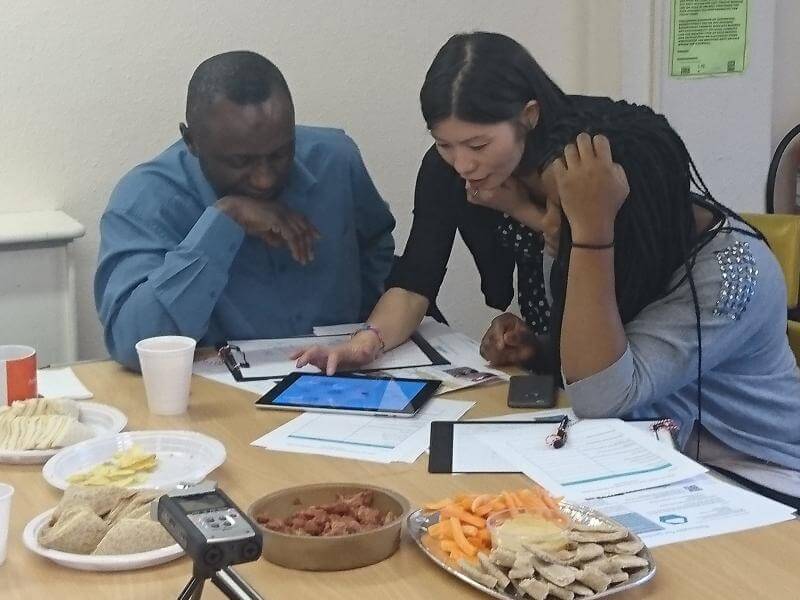Engineering Comes Home: Co-designing local infrastructure with residents of a London housing estate
Charlotte Johnson, UCL;Sarah Bell; Aiduan Borrion, University College London; Robert Comber, Newcastle University; Kat Austen, iilab; Jun Matsushita, iilab
Boston 2017: Design and Planning

Engineering Comes Home turns engineering design on its head. The project starts with household needs and looks outward to design technologies and infrastructure, not the other way around. It puts people and their everyday needs and desires first, and acknowledges complex patterns of resource consumption in households that arise from interactions with socio-technical systems. The project draws together fundamental social and engineering science methods to deliver tools to support more sustainable engineering design. It tests the idea that non-experts can be meaningfully engaged in design of technologies and infrastructure to deliver more sustainable systems and cities. In this session we demonstrate the pilot project and invite visitors to critically engage with our toolkit and co-design process. The project objectives are: 1) Demonstrate a new paradigm for engineering design starting from the viewpoint of the home 2) Integrate thinking about water, energy, food, waste and data at the domestic scale to support user-led innovation and co-design of technologies and infrastructure. 3) Test new design methods that connect homes to communities, technologies and infrastructure. 4) Develop a robust Lifecycle Assessment Calculator tool to support environmental decision-making in co-design. Process We partnered with a housing provider in London and recruited a group of residents living in one of their estates. We used ethnographic methods to understand resource use at home and identify interventions that resonated with residents’ values. We ran a series of co-design workshops with residents to explore possible interventions. Workshop 1 identified key priorities using a novel token-based system design method that enabled participants to build up alternative designs for local provision of water, energy, food and waste service. Five candidate systems (food growing, wormery, composting, rainwater harvesting, waste compaction, food sharing) were shortlisted and then analysed by residents using the LCA Calculator tool in the second workshop. Rainwater harvesting (RWH) was selected as the technology for further co-design in the third workshop and a smart RWH system was installed on the estate. The workshops have been supported by team debriefing and reflections about the co-design process and research outcomes. Outputs & outcomes • Toolkit for co-design of technology and infrastructure to meet household needs • Evaluation of co-design methods • Development of quick-win information based technologies identified in the co-design workshops, to facilitate community understanding of water use for landscaping and rainwater harvesting. • Installation of a smart rainwater harvesting system Significance Infrastructure development, interdependency and resource efficiency are of high importance and are vital to economic development. Integrating infrastructure services across different scales of provision is a particular challenge for policy and engineering. A new design paradigm and methods that start from domestic needs and expectations will help deliver efficient infrastructure that is socially acceptable and desirable to local communities. Contribution to STS scholarship The project critically engages with how technical knowledge is produced and how decisions about infrastructure can be taken by non-expert communities. It uses STS theory to move from critique to intervention and provides a case-study of an infrastructure co-design process which is supported by reflexive research practice.
Published: 01/30/2023
